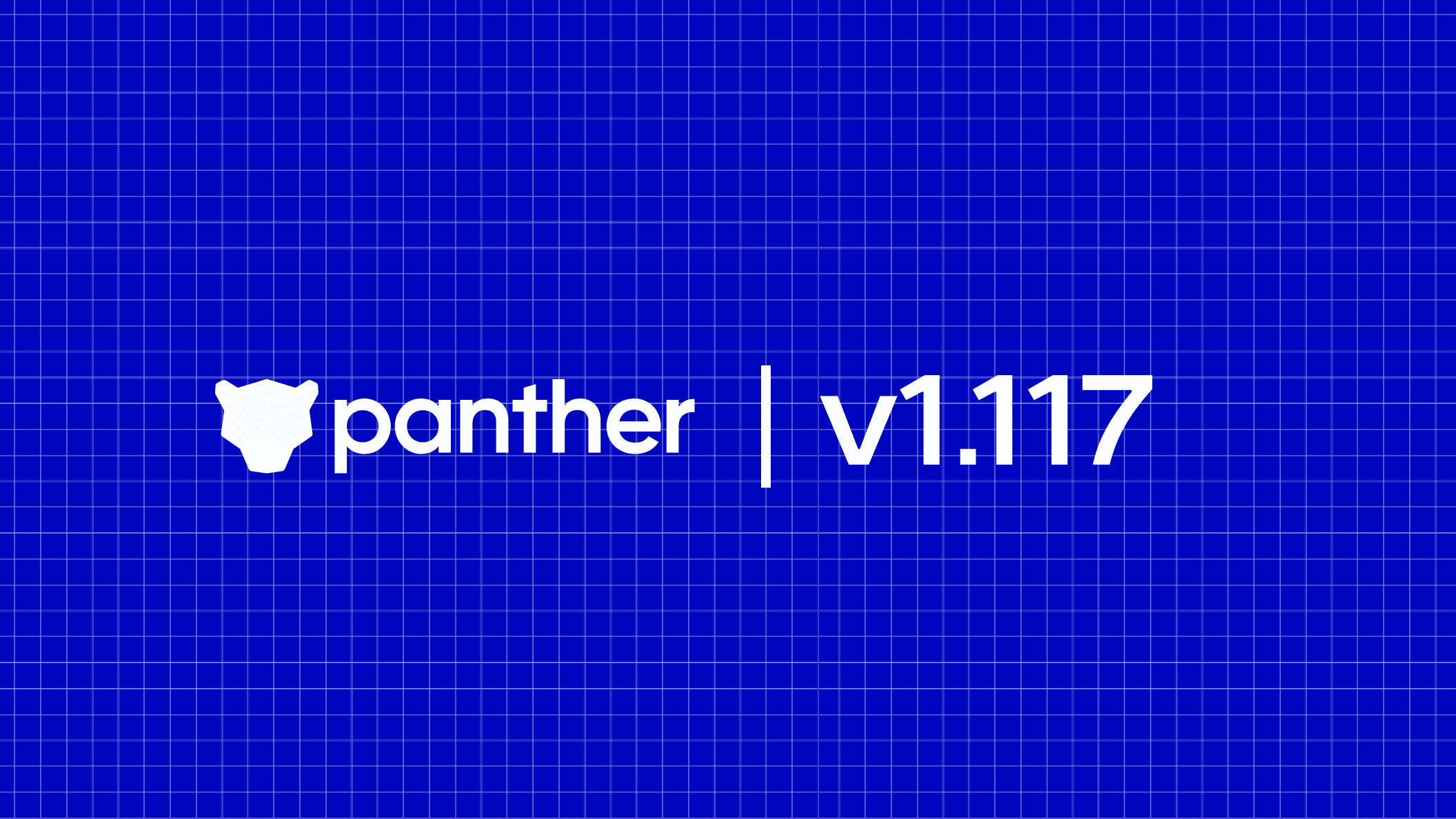Cloud infrastructure has become an indispensable component of modern business. But as cloud’s popularity explodes, the security risks that come with it cannot be overlooked. Cloud is often seen as a silver bullet solution for many data security and availability problems.
The reality is: all the benefits cloud brings come with some risks and vulnerabilities. A central challenge for most organizations is how to monitor and protect all their data in the cloud.
When it comes to an organization’s cloud infrastructure, security monitoring of their cloud environment needs to be an essential ingredient of their data security plan.
But you can’t design a plan without understanding what cloud security monitoring entails or the potential challenges it brings about.
Defining cloud security monitoring
Cloud security monitoring is the process of protecting data stored in the cloud. Its primary function is to analyze the numerous ways that a cloud may be vulnerable and take steps to eliminate threats by leveraging various solutions.
Cloud security monitoring services typically provide real-time monitoring for your computer network and the cloud. The solutions will analyze network traffic to detect potential attacks as they happen — helping you protect your data and keep your business running smoothly.
One of the more common use cases of cloud security monitoring is leveraging specific audit logs from a major cloud infrastructure provider. With AWS, for example, a CloudTrail service is available for security teams to utilize in order to gain complete visibility into the organization’s AWS account.
A brief history of cloud security
The concept of cloud as a service was first conceived by academics and physicists and became closer to a reality at the Houston office of Compaq in 1996. The idea of the cloud is that users can access an internet service provider's resources from anywhere in the world.
As soon as the term “the cloud” took off, tech giants like Google and Microsoft were battling for market share of this virtual environment.
The cloud became ubiquitous and represented a significant cultural shift. Cloud enabled a new way of doing business, especially when, in 2006, Amazon Web Services launched S3, SQS, and Elastic Compute Cloud (EC2, which eventually became AWS as we know it today) in that order. Google, Microsoft, IBM, Apple, Oracle and others quickly jumped on the bandwagon.
But as more companies put their trust in third-party data services, the need for securing that data became paramount. The shift to cloud workloads is monumental, especially in the last three years. Cloud security is critical because businesses — even to this day — are still unsure of how to protect their data while using cloud services. With so many different providers, it can be challenging to figure out who you should trust.
Cloud security monitoring, then, is a solution that acts as a watchdog for your data.
The challenge of monitoring all of that data
The constant stream of information is overwhelming, and the demand for data has increased exponentially in the last few years. Data is now collected and stored in many different types of databases, whether in the cloud or on the local network. The amount of data coming in, combined with the increased complexity of the networks and applications, make it impossible to manually monitor security across all systems.
This abundance of data presents one problem: How can you monitor enough in order to secure it? Because essentially, you can’t secure what you can’t monitor.
The most significant challenge for most organizations is not having a well-defined security strategy. A cloud security strategy is crucial, especially as the need to accommodate remote work and the hybrid workplace escalates.
What should a security strategy entail?
Here are a few key components that will help in managing all the cloud data:
Ensuring clear visibility into cloud policy changes or configurations
Cloud asset tracking and access management
Backup management
Management of how cloud provider accesses company data
Another challenge that arises for most organizations regarding monitoring is alert fatigue, as cloud monitoring solutions (not to mention other security tools) can get noisy with alerts. How can your security team focus, with so many alerts coming at them? Reducing noise and false positives is imperative.
Finally, monitoring can be next to impossible without context surrounding the logs and alerts. Security teams must know what to monitor, why something needs to be monitored, how to interpret the logs or alerts, and which actions they should take. A good security strategy and/or playbook can go a long way here.
The importance of cloud-native solutions
The biggest concern in terms of cloud security is the potential for a breach of data that is stored in the cloud. To mitigate this risk, many security options are available, ranging from traditional levels of encryption and access rights to more advanced monitoring software.
But cloud-native security monitoring is about more than just protecting data, as the consequences of a data breach are far-reaching. For example: in most cases, data breaches equate to lost business. The longer a breach goes undetected, the more damage it can have on business operations. If customer data is leaked, customer trust and satisfaction often plummet.
Next, cloud security monitoring can help organizations maintain compliance. Regardless of your industry, there are probably regulations in which monitoring is a compliance requirement (like PCI DSS or HIPAA). Compliance violations are certainly costly, and detrimental to a business.
While there are many selling points of cloud security monitoring solutions, perhaps the most prominent is the ability to gain observability and visibility into your cloud environment. Today’s cloud security monitoring tools help security teams identify patterns that recognize malicious behavior and alert them quickly. In doing so, they improve a company’s security maturity and nurture a more proactive approach to cybersecurity.
Why Panther
Not long ago, legacy SIEMs could make the case that their solution was perfectly capable of monitoring a company's full cloud environment. But today, the need for a cloud-native security solution like Panther is required.
With Panther, you get unified visibility into your cloud environment to effortlessly manage and monitor log types like AWS CloudTrail, application load balancers, and more into a centralized single pane of glass dashboard.
Plus, Panther allows security teams to get real-time alerts with detection-as-code, perform cloud security scanning in real-time, and triage alerts for fast and easy data correlation.
Request a demo today to learn more about how Panther checks all the boxes your security team needs for effective cloud security monitoring and more.
Ready for less noise
and more control?
See Panther in action. Book a demo today.







